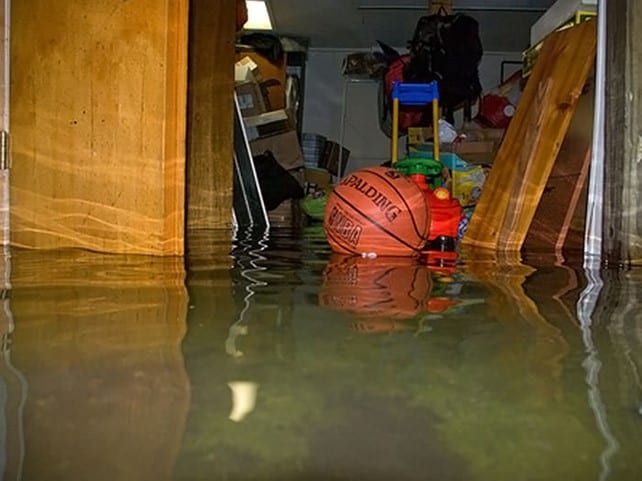Living through a flooded basement is one of the most tragic scenarios for homeowners because this leads not only to expensive damages to properties but also to other belongings.
In the face of this crisis, immediate action should be taken to reduce short-term impacts and prevent long-term issues. This guide will systematically outline six indispensable steps to adeptly manage a flooded basement.
Steps to Take if Your Basement Gets Flooded
Dealing with a flooded basement is, inarguably, an ordeal. But sticking to these six essential principles gives you the ability to guide through such difficulties in a way that will have minimal effect on your home.
Step 1: Prioritize Safety First
The biggest concern in a flooded basement is your and your family’s safety. Before entering the flooded zone, ensure that it is safe. Protect against possible electrical dangers or gas leaks by cutting off the electricity and gas lines to this basement.
One should also be fitted in the appropriate workwear when investigating flooded basements, and Cleanflow has a selection of high-quality workwear items, such as gloves and boots, to ensure that you remain well protected.
In case the level of water is critical, it is better to evacuate until a specialist has examined this situation.
Step 2: Identify and Address the Source
The secret to efficient remediation is in the identification of the source of flooding. Regardless of whether the cause is a ruptured pipe, heavy rainfall, or sewer backup, action needs to be taken immediately upon detection.
In the case of a burst pipe, turn off the water supply immediately to prevent further damage. In the case of torrential rain, redirecting water from the foundation through sandbags or adjusting the ground gradient can help.
In the case of sewer backups, try not to use plumbing fixtures until the problem is sorted out.
Step 3: Remove Water Safely and Swiftly
To prevent long-term damage and mold development, prompt removal of the standing water in the basement is necessary. Caution should be exercised when using electrical equipment in a damp environment, and professional assistance should be sought if uncertainties arise.
Devote attention to eliminating water from corners and concealed spaces where accumulation may occur.
Step 4: Document the Damage for Insurance Claims
As the cleanup process unfolds, meticulous documentation of the damage is indispensable. Capture comprehensive photographs and videos of the inundated area, impaired possessions, and structural issues.
This documentation assumes paramount importance when initiating an insurance claim. Promptly inform your insurance provider of the incident and furnish the requisite information.
Adhere to their guidelines throughout the claims process, maintaining a record of all communication.
Step 5: Seek Professional Help for Restoration
While immediate measures can address the initial repercussions of flooding, engaging water damage restoration professionals is imperative for a thorough cleanup.
Possessing the expertise and equipment required to assess damage extent, address concealed moisture, and prevent mold growth, these specialists play a pivotal role. Timely restoration efforts can salvage items at risk of loss and mitigate potential long-term structural damage.
Step 6: Prevent Future Basement Flooding
Upon resolution of the immediate crisis, redirect focus towards averting future basement flooding. Consider investments in basement waterproofing approaches, including sump pump installation, sealing of foundation fissures, and improving the drainage around properties.
The maintenance of gutters, downspouts, and landscaping help curb water intrusion. Extract valuable lessons from the flooding experience to reinforce your home against potential water-related crises.
Step 7: Drying and Dehumidifying the Basement
Once standing water is eliminated, work on drying out the walls to prevent moisture-related problems. To accelerate the drying process, use heavy-duty fans, dehumidifiers, and proper ventilation.
Make sure no moisture stays to prevent mold and mildew, as it can damage the wall structures. Once the basement is completely dry, regular checking and monitoring of humidity will ensure a healthy living space.
Step 8: Conducting a Post-Restoration Inspection
After the basement has been renovated and dried, conduct a complete post-restoration assessment. Evaluate the structural integrity, look for any remaining moisture or indications of mold development, and make sure that all restoration work has been carried out properly.
This step is important in ensuring that if there are neglected issues, restoring the basement to its pre-flood state has been successful. If any issues arise during the inspection, reach out to restoration experts for additional information.
So, if your basement gets flooded, emphasize safety, promptly address the flooding source, and enlist professional restoration assistance. A systematic approach transforms a chaotic situation into an opportunity to bolster your home against potential water-related adversities.

Recent Comments